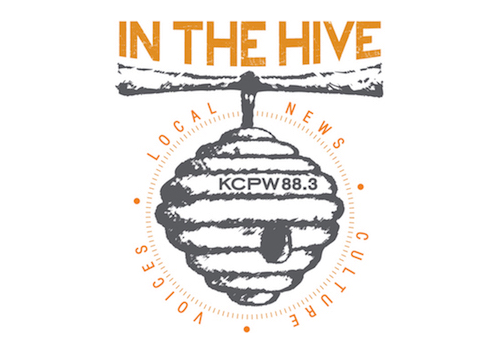
A recent conference hosted by Utah House Speaker Brad Wilson gave a comprehensive overview of the threats posed to human health, the environment and the economy from the drying up of the Great Salt Lake.
The lake reached its lowest water level ever recorded in 2021 and scientists have warned that it faces ecosystem collapse as low water levels threaten to destroy fragile colonies of microbes that underpin a system that is, contrary to popular belief, teeming with life.
Meanwhile, researchers say that the 800 square miles of exposed lake bed is the source of atmospheric dust that contains heavy elements including cancer-causing arsenic. Dust from the dried-up lake also causes an accelerated melting of snowpack in northern Utah’s mountains — impacting the region’s water supply and wintertime recreation.
So what needs to be done to solve this pressing issue? And what’s in store for the plans to further divert the lake’s largest tributary, the Bear River?
Featured speakers:
Steve Erickson, policy advocate, Utah Audubon Council
Brigham City Rep. Joel Ferry
Lynn de Freitas, executive director, Friends of Great Salt Lake
Dr. Kevin Perry, chair, University of Utah Department of Atmospheric Sciences
Dr. McKenzie Skiles, assistant professor, University of Utah Department of Geography
Utah House Speaker Brad Wilson
How do you feel about this topic?
Is there anything else you think we should know? We'd like to hear your thoughts. Send us your feedback using the form below.





